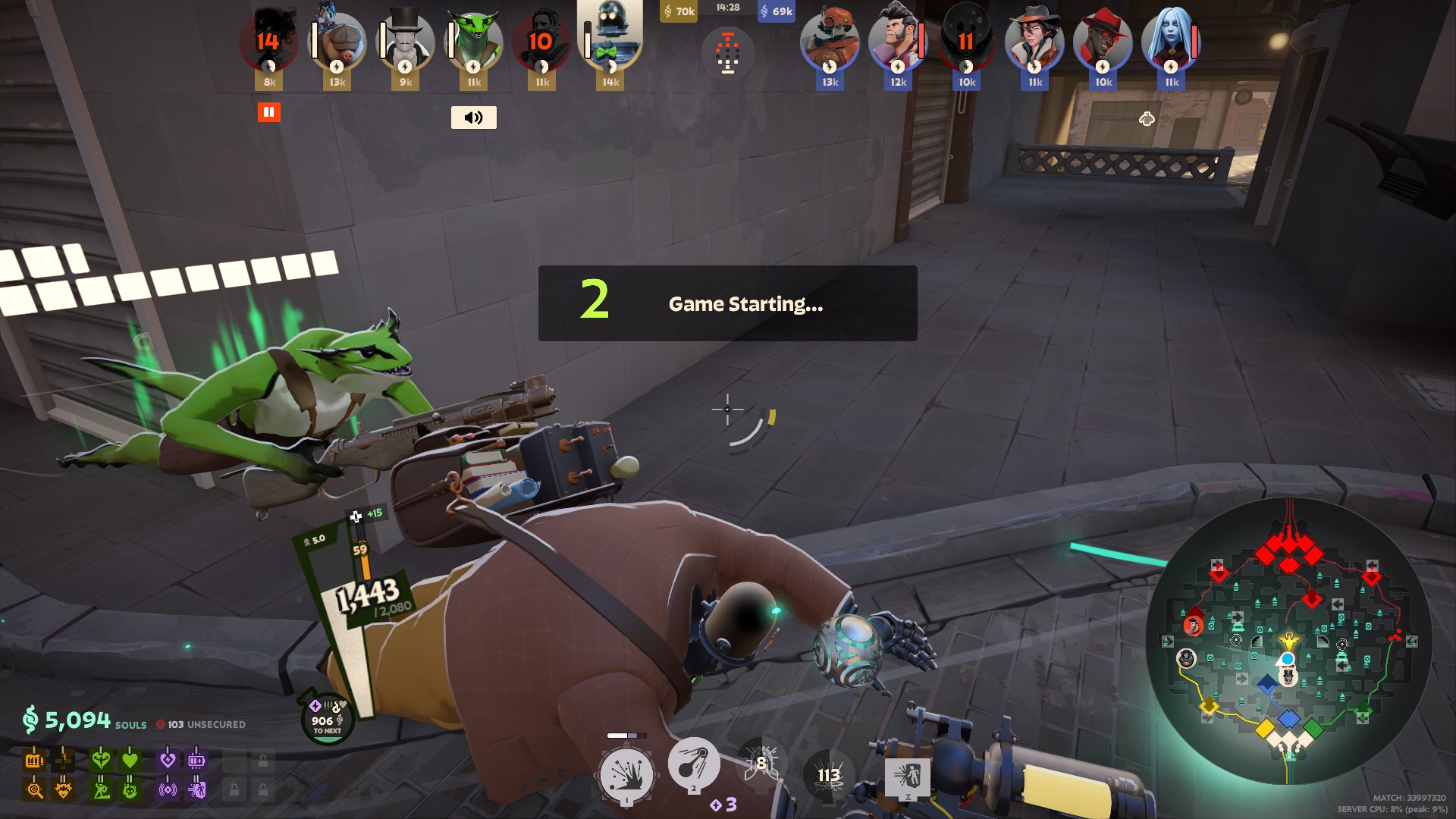- 1 Post
- 152 Comments

It is, though. It’s one thing for some random artist to condemn the current admin, a totally different thing for a massive military contractor to. That is a different standard.
If Trump made himself an AI Trump Mickey Mouse video and somebody specifically asked reanimated Walt Disney for comment, that would be shocking. If a similar circumstance happened to Boeing or Northrop Grumman, then… No shit no comment.
Ah nah that’s just because I make it my mission to piss off tankies. You’ll see downvotes on all kinds of comments like “Human Rights should be upheld”, “Cake is always welcome”, or “Google shouldn’t own an advertisement monopoly” not because they oppose the message but because they regularly go through my comment history. (And tankies also do kind of oppose those messages sometimes).

TBH I kind of blame the state of US education on this one.
>Businessman read book about make money: spend less while make more.
>Businessman make employees do more tasks, higher productivity
>Businessman hire robot contractor to do job of employees
>Businessman layoff staff, condense departments, liquidate many assets
>Businessman very tech saavy, invest in only hottest new thingamijig
>Businessman hire firm to prevent unionization
>Businessman products not selling anymore?!
>Businessman can’t fill new positions?! Nobody want to work!
>Businessman initiate bankruptcy filing, ask courts to delay so businessman can earn 300 Million USD bonus if turn situation around.
>Businessman am smart, read only the best book, follow to letter.

God forbid anything be due to a loss of consumer rights due to deregulation caused by conservatives. No, instead it must be capitalism. Everything bad is capitalism. The reason China is a dictatorship is because Capitalism. Israeli ethnic cleansing as well as the prior milleniums of holy war? Believe it or not, Capitalism.


Is he still working at Rockstar? If so I can forgive a lot of stuff right now.
EDIT: He is not.